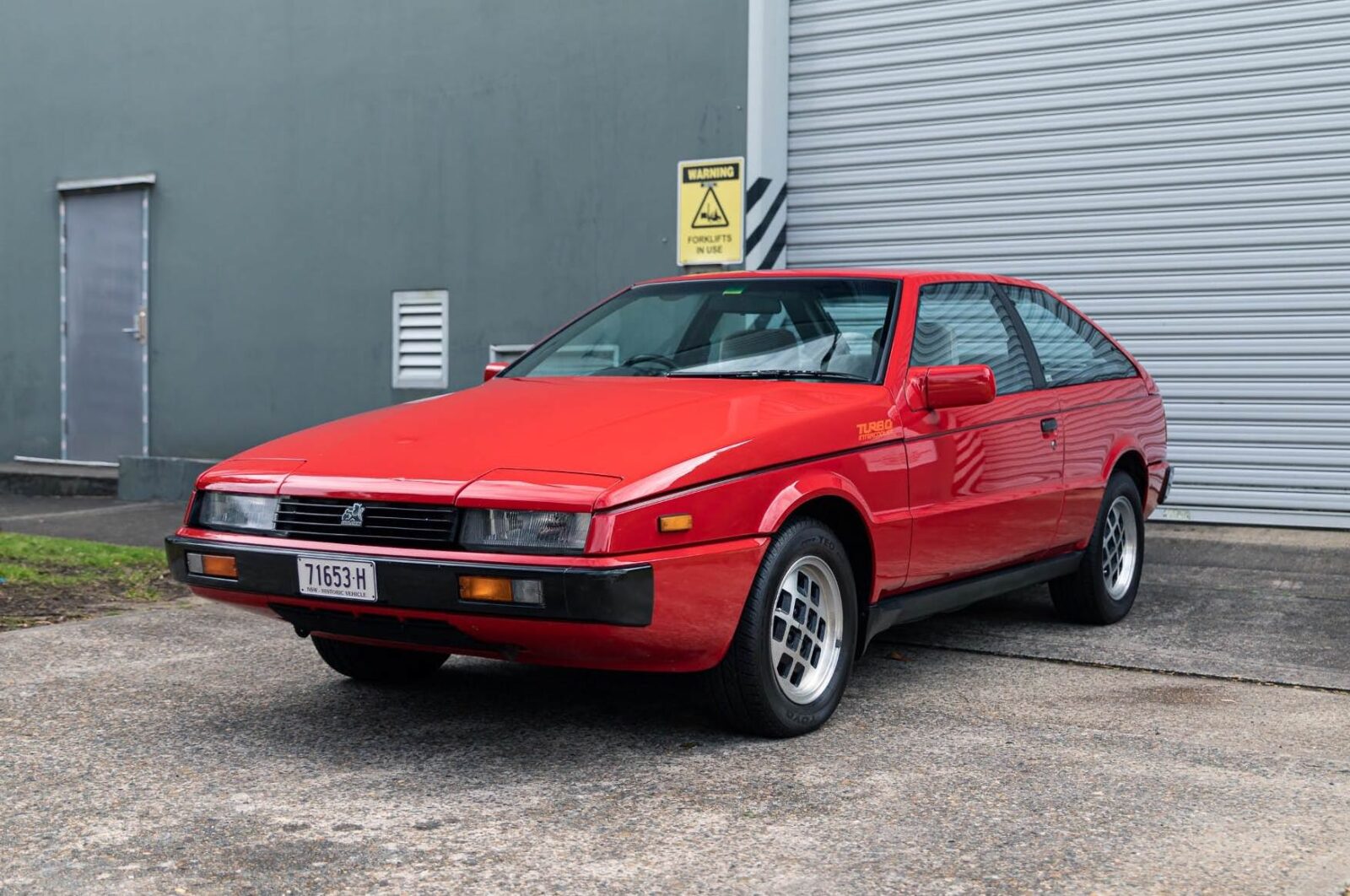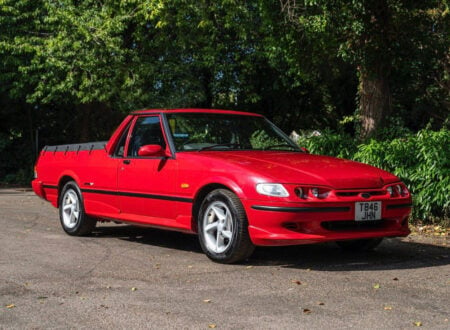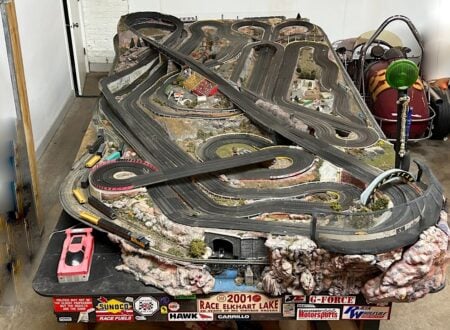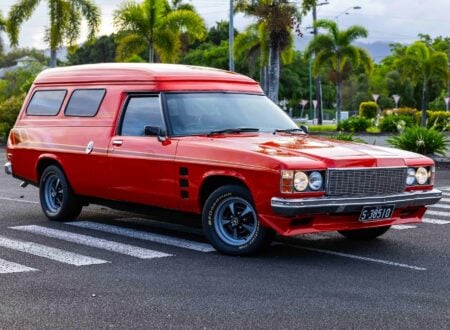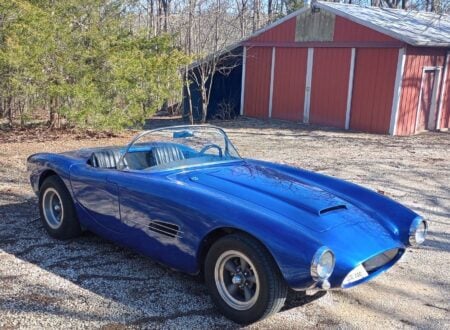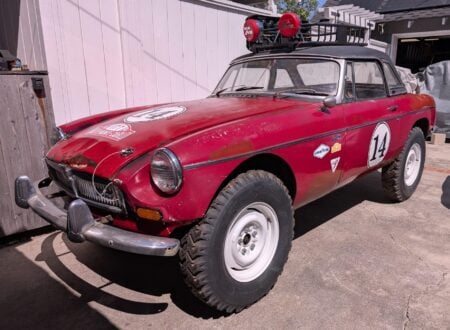The Holden Piazza, aka the Isuzu Piazza, is a car unfamiliar to many, just 13,000 or so were built between 1981 and 1990 and today they’re skyrocketing in popularity as they’re typically quite affordable, and ’80s-era sports cars are all the rage.
With its turbocharged engine (on some models), pop-up headlights, and unmistakable styling from the same man who designed the DeLorean DMC-12, the Piazza is a little-known 1980s treasure that is quickly being discovered by the Radwood generation.
Fast Facts – The Isuzu Piazza
- The Isuzu Piazza was also sold as the Holden Piazza in Australia, the Asüna Sunfire in Canada, and as the Isuzu Impulse in the United States. The car were all largely the same with varying trim levels and powertrain options.
- The Piazza was designed by Giorgetto Giugiaro, arguably the most important automotive designer in history. He described the car as his fifth “Copernican Revolution” that integrated elements from many of his previous designs.
- The Piazza offered seating for four adults with a hatch back in the rear for stowage.
- A variety of engines were offered including a 2.0 liter naturally aspirated engine, a 2.0 liter turbo, and a 2.3 liter engine for US market cars only.
The Piazza: A Quintessentially 80s Hot Hatch
Interestingly enough Isuzu is one of Japan’s oldest carmakers, the company was founded back in 1916 to build cars from British company Wolseley Motors using knock-down kits.
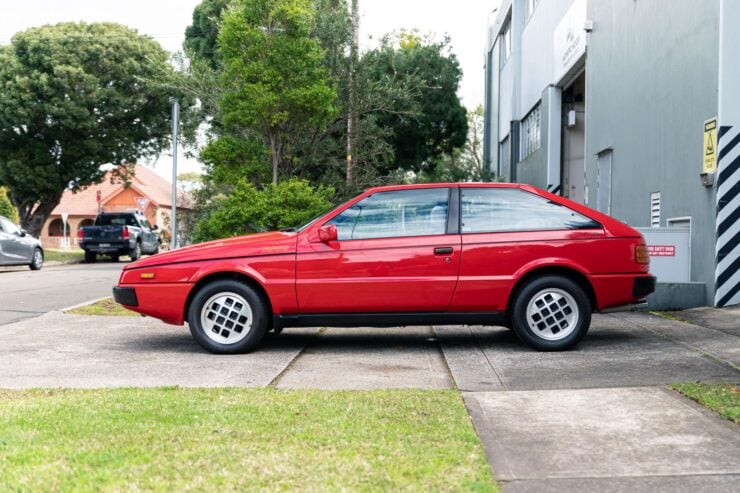

The company is best known today for their large commercial vehicles and pickup trucks, however they do have a number of notable cars to their name including the Isuzu 117 and the Isuzu Piazza among others.
The project to build the Piazza began back in the late 1970s when it became clear that Isuzu would need a new car for the arrival of a new decade: the 1980s. The plan was to replace the aging Isuzu 117 sports car with a new car that offered both a sporting driving experience and the practicality of hatchback design.
The Volkswagen had launched the age of the hot hatch back in 1976 with the release of the VW Golf GTI and it was clear this new market segment was going to grow rapidly. Isuzu already had an established relationship with Giorgetto Giugiaro who had penned their earlier 117 model, Giugiaro had also designed the Golf for Volkswagen, so he was the perfect man for the job.
Isuzu gave Giugiaro total freedom with the design of the new car and he certainly didn’t disappoint. Giugiaro is known for putting just as much effort into the design of mass-produced consumer cars as he does with hand-built supercars, over the course of his career he designed everything from the DeLorean DMC-12 and the AMC AMX/3 to the Fiat Panda and the Mazda Familia.
The prototype that rolled out of the Italdesign headquarters was perfectly positioned to lead Isuzu’s charge into the 1980s. It featured pop-up headlights, cutting-edge styling, and a 135 hp 2.0 liter DOHC MPFI inline-four cylinder engine mated to a 5-speed transmission.
General Motors was a major shareholder in Isuzu at the time, GM would also acquire Lotus later in the 1980s and fortunately they sent a Piazza to Lotus for handling work – resulting in a Lotus-tuned version of the car that was produced in relatively large numbers and is now highly sought after.
The Isuzu Piazza – Specifications
The Isuzu Piazza uses relatively straightforward unibody construction, with stamped steel body panels.
Suspension is by double wishbones with a coil spring and anti-roll bar up front and a live axle located by four trailing links and a Panhard rod, with coil springs and an anti-roll bar.
Above Video: A humorous 1980s-era television ad for the Piazza featuring Joe Isuzu.
A varity of engines were offered over the course of the 1981 to 1990 production run including the 1949cc G200Z inline-four, the 1949cc G200WE DOHC inline-four, the 1994cc 4ZC1-T turbo inline-four, and the 2254cc 4ZD1 inline-four for US market cars.
Power ranged from just 90 hp on the low end up to 140 hp with 166 lb ft of torque on the turbocharged cars, 2.3 liter US market cars had 110 hp and 127 lb ft of torque.
A number of trim levels were available including Bella, XN, XJ, XE, XG, Nero and there were three different suspension tuning levels: Standard, Irmscher, and Lotus – however this depended on year.
A 5-speed manual transmission was standard on all cars however buyers could opt for a 4-speed automatic.
Approximately 13,000 examples of the Piazza were made in total and it’s not known how many have survived to the modern day. In more recent years the cars have been attracting more attention due to their styling and unusual history, as a result prices are on the rise.
The Holden Piazza XE Shown Here
The car you see here is the Holden Piazza XE model, essentially a rebadged Isuzu Piazza XE for the Australian market. This car is fitted with the desirable 1994cc 4ZC1-T turbo inline-four that makes 140 hp and 166 lb ft of torque in standard trim.
It’s also equipped with cruise control, a Dolby sound system with four-way speakers, a velour interior, central locking, power steering, air conditioning, electric windows and mirrors, a digital dashboard, and perhaps most importantly – pop-up headlights.
The car is currently for sale out of Chatswood in Sydney, Australia. It has 107,453 kms on the odometer (66,768 miles), and it had its most recent servicing at A-Z Auto Sydney in February 2021.
If you’d like to read more about this car or bid you can click here to visit the listing, it’s being auctioned live at the time of writing on Collecting Cars.
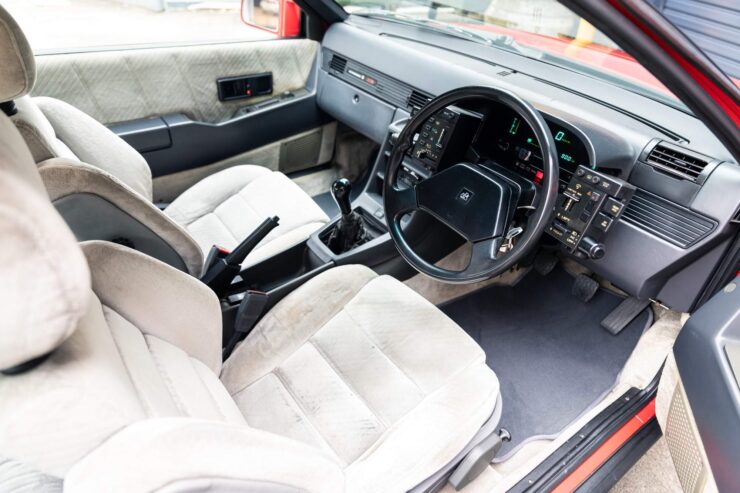
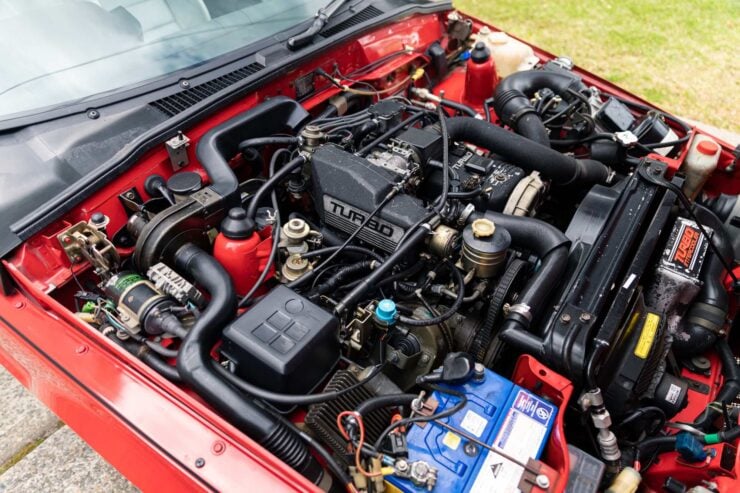


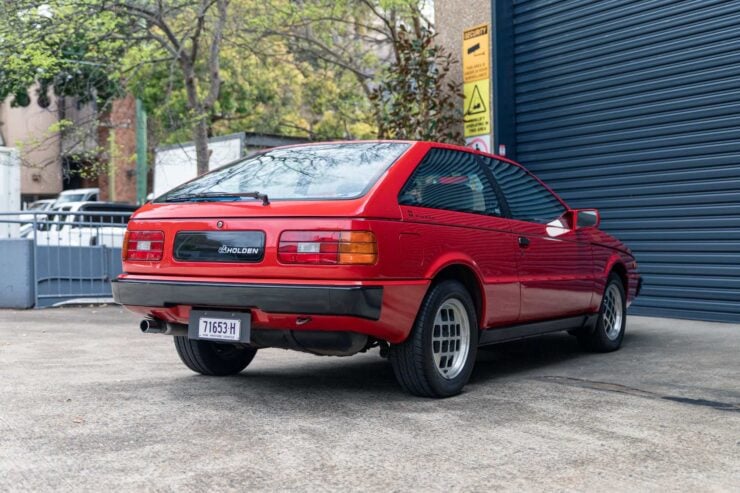
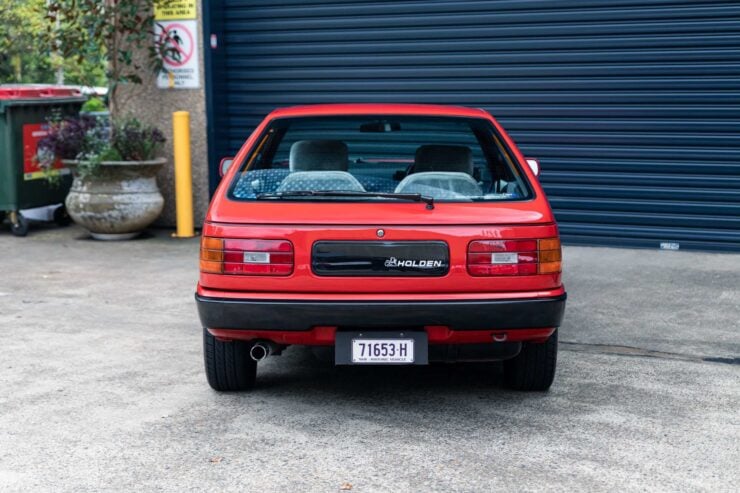
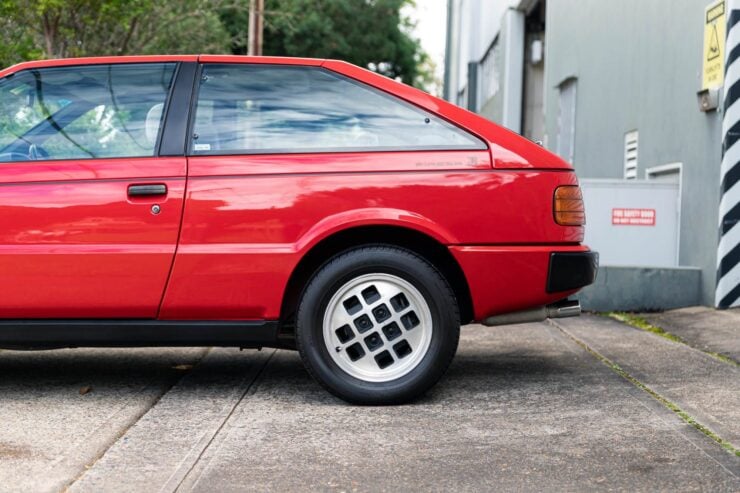
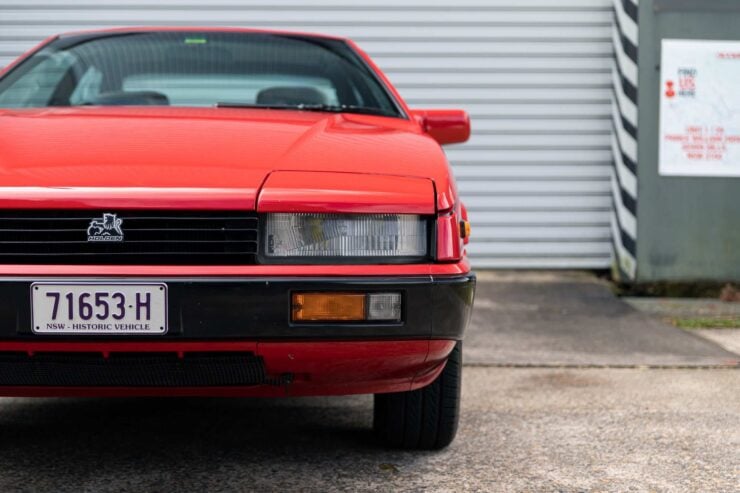
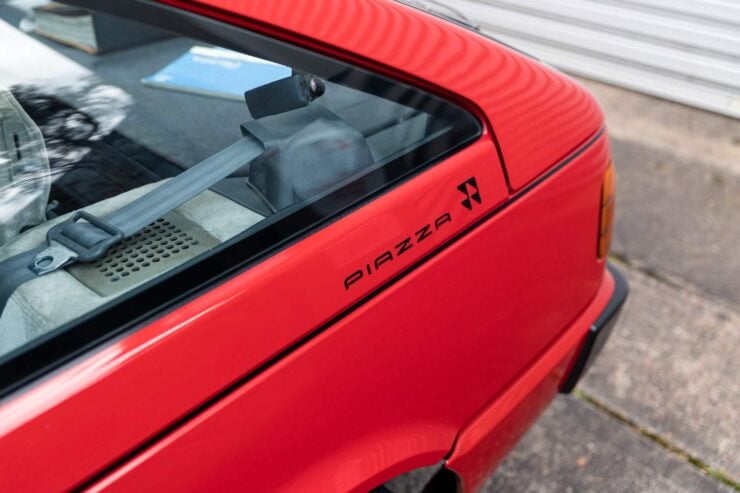
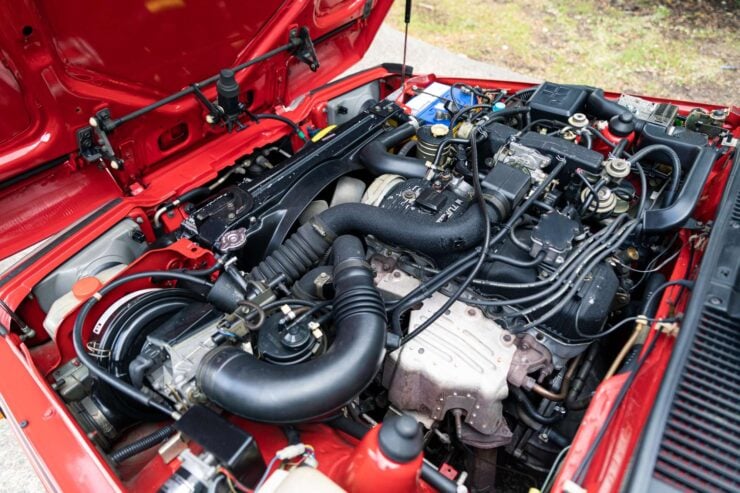
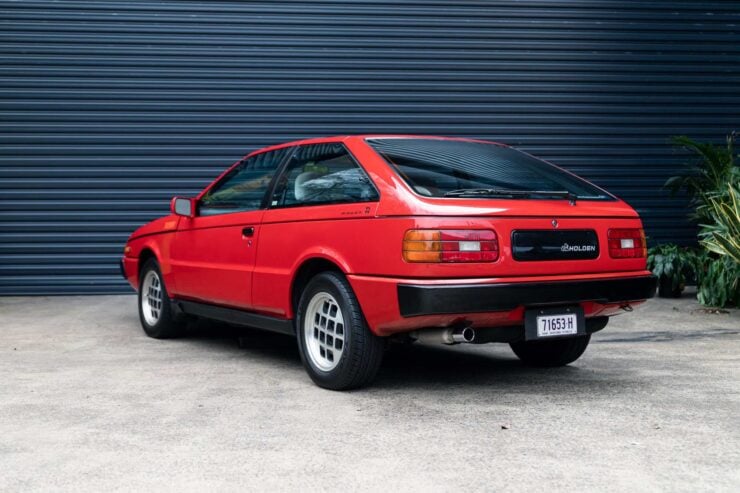
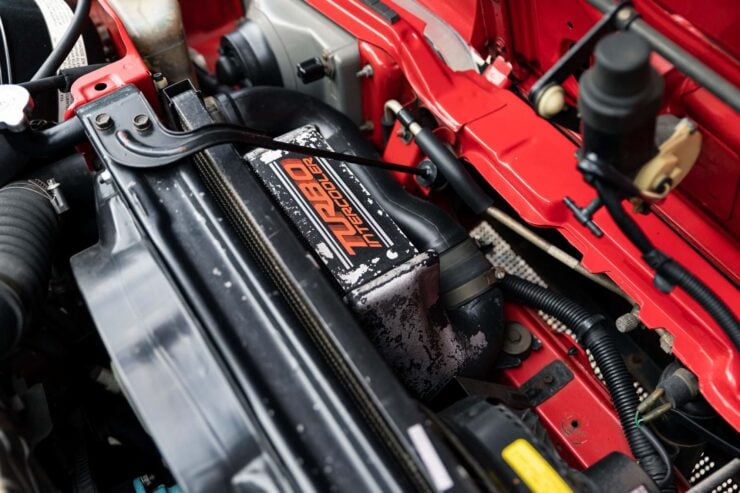
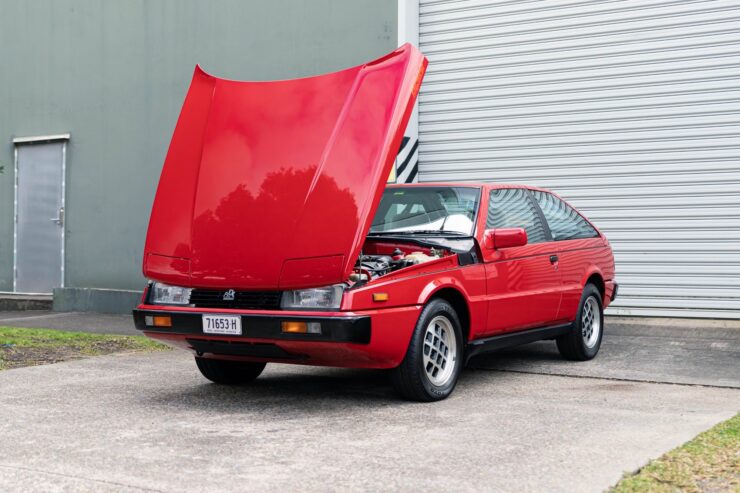
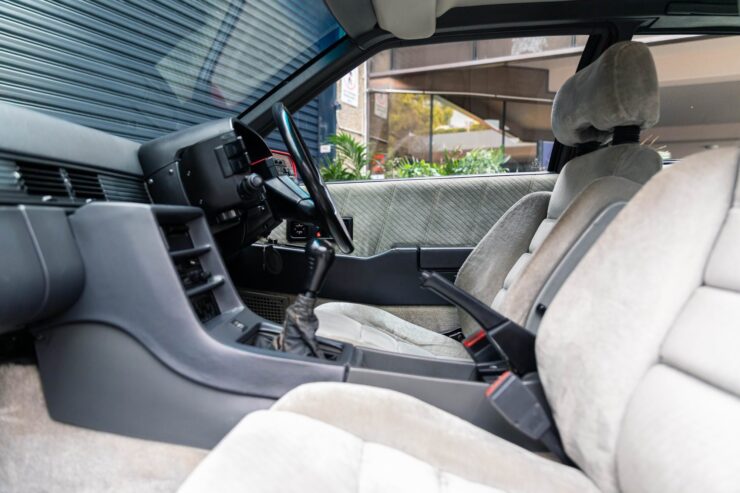
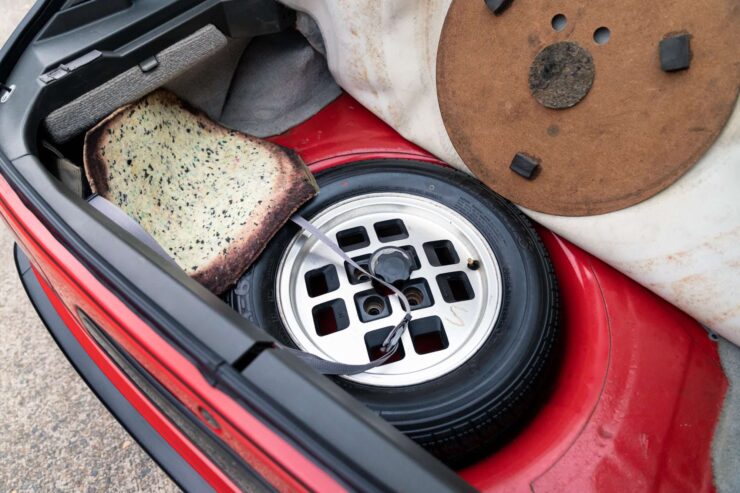
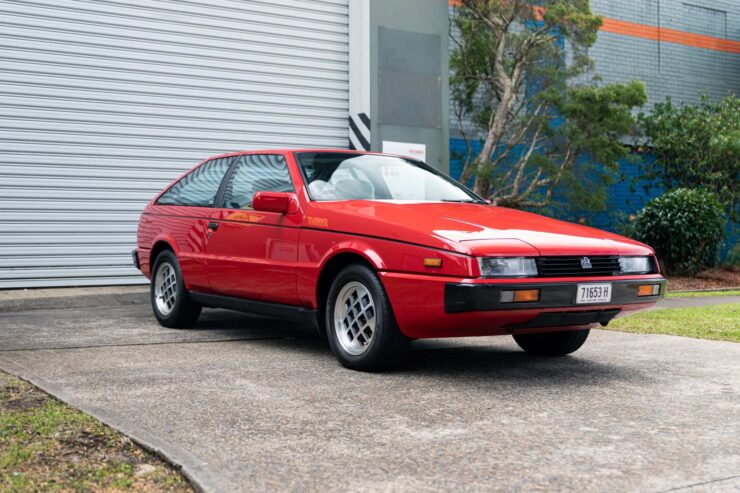
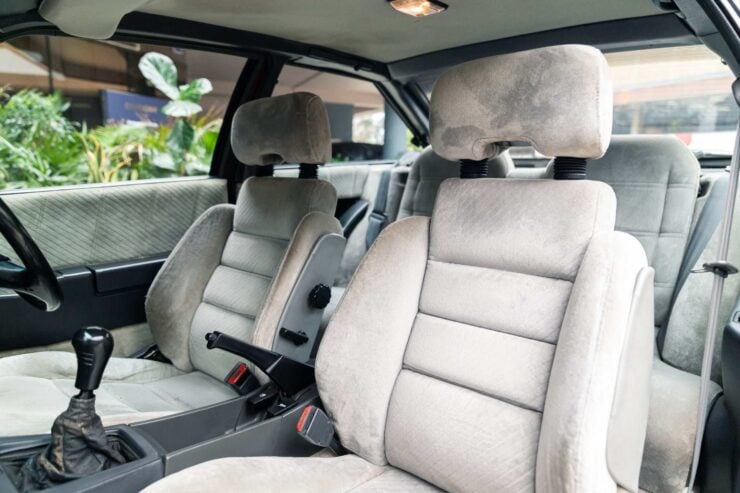
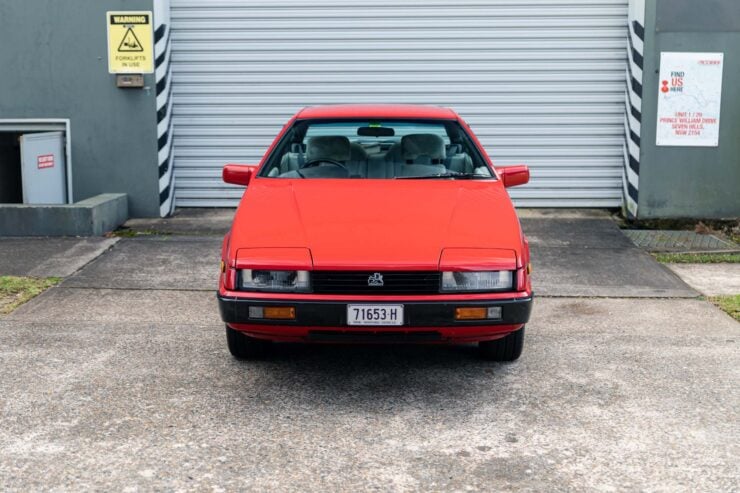
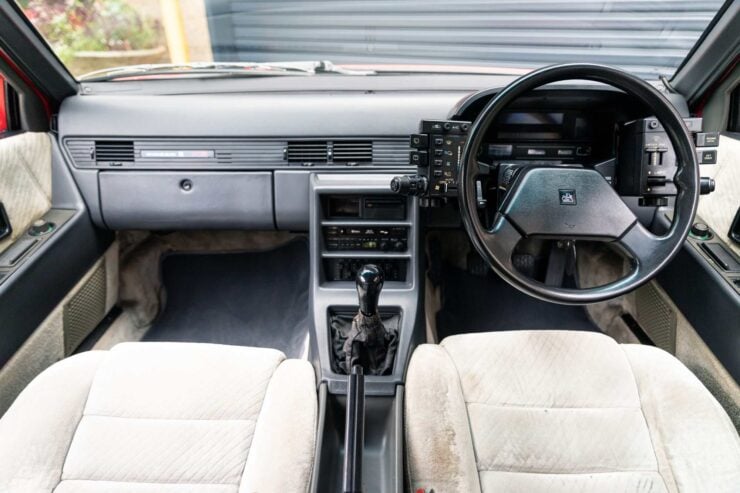
Images courtesy of Collecting Cars

